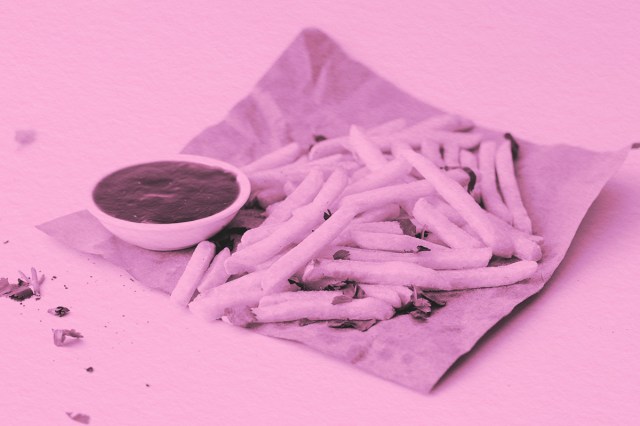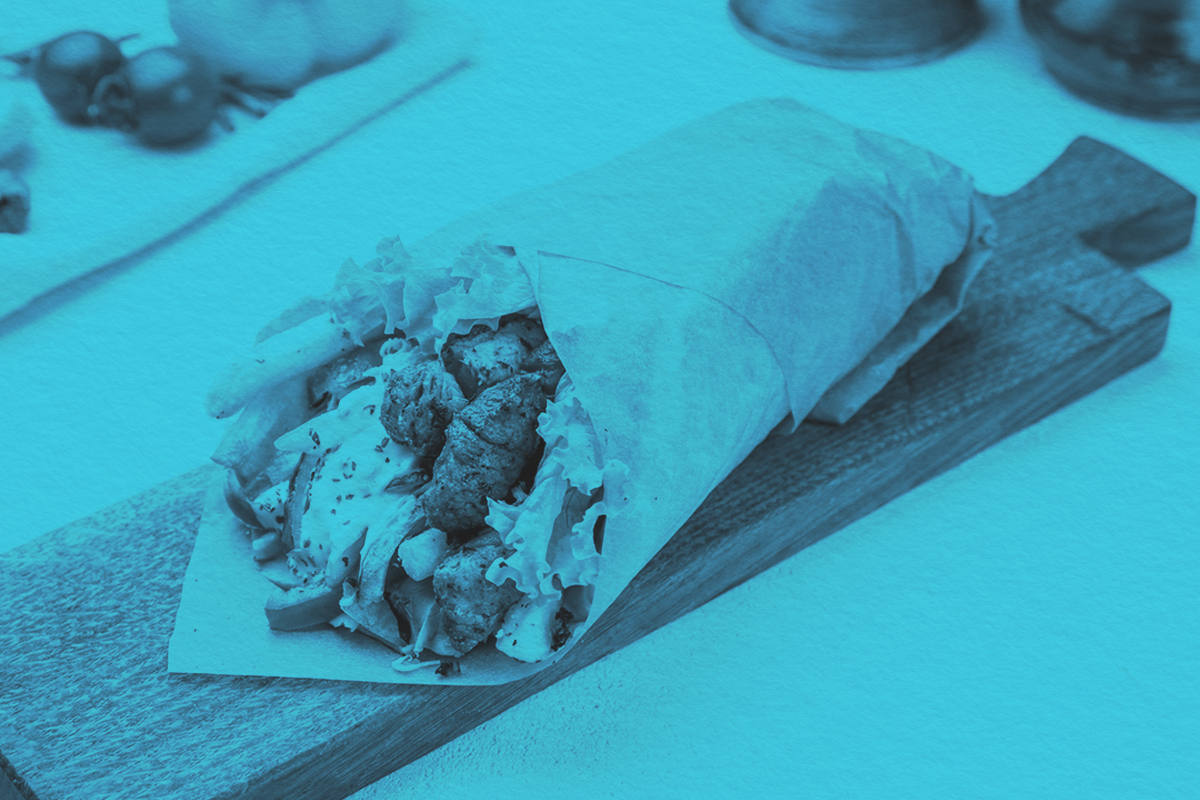
Along with the Norman Conquest around 1,000 years ago came the intermingling of the French and English languages. Today, an estimated 30% of modern English words come from French, including the loanwords “baguette,” “ballet,” “bureau,” “boudoir,” “boutique,” “beret,” and “bon voyage.” But there is another French phenomenon in contemporary English — add the word “French” to a phrase, and it takes on a new meaning. While “French bread” and “French horn” are clear enough, other French-ified phrases are more oblique. What makes fries or toast French, for example? Neither of these dishes is particular to France. Let’s take a closer look at some common things with a French moniker to determine if they belong with the likes of the Eiffel Tower, Champagne, and the Louvre.
The lore of the fried strips of potatoes called “french fries” begins in Belgium. One story claims villagers along the River Meuse survived the especially harsh winter of 1680 by frying potatoes instead of fish when the river froze over. A Belgian culinary historian disputes that common story for the simple fact that fat was too rare and costly to be wasted on frying potatoes. He leans toward the idea that they came about from street peddlers a century later.
No matter the origin, we know that during the early 20th century, American soldiers deployed to Belgium during World War I enjoyed the tasty dish and brought the tradition home. The GIs likely called them “french fries” because most southern Belgians speak French. The name of the food is commonly lowercase because it now refers to a culinary style instead of the language. French culinary traditions are found all over the kitchen — we make french cut green beans, a butcher can french a rack of lamb, and the style of cutting fries is called “julienne,” taken from traditional French knife skills.
While “french fries” have persisted more than 100 years, Belgians are proud of their creation and are trying to reclaim the fried potatoes: There is a UNESCO petition to include the fries on Belgium’s list of intangible cultural heritage, though it hasn’t been approved yet. In French, the fried potatoes are called frites.
The phrase “French kiss” was first recorded in English in 1923, and while its origin is up for debate, the French might get credit for this one. The leading theory is that Americans serving during World War I picked up the habit from canoodling with their more expressive allies, dubbing the action a “French kiss.”
This egg-dredged and fried brunch staple is not from France — it’s from Rome. The earliest recipe of egg-soaked bread fried in oil, titled aliter dulcia (“another sweet dish”), dates back to a fourth-century Roman cookbook, Cooking and Dining in Imperial Rome. Centuries later, pain a la Romaine (“Roman bread”) became popular in England and France. Eventually the name shifted to pain perdue, meaning “lost bread” (because it was made out of stale bread).The recipe reached America in the 17th century, popularized by French and British colonists, and it gained another name. “French toast” first appeared in 1660, though exactly how the name became mainstream is unclear. A popular legend points to the mistake of innkeeper Joseph French from upstate New York, who featured the dish as “French toast” instead of “French’s toast” on his menu. However, this mistake allegedly occurred in 1724, decades after the name was first recorded.
This cheeky way to refer to leaving without saying goodbye originated as “French leave” in the mid-18th century. At the time, it was customary to leave a social gathering without telling the host. However, in France, this is called a filer à l’anglaise, meaning “to take English leave.” In America, the phrase “Irish goodbye” is similarly used to describe leaving a party without telling anyone.
Contrary to popular belief, this flavor is not a variety of vanilla bean but a specific type of ice cream that originated in France. The traditional French vanilla ice cream recipe includes egg yolks as the base for the cream, which traditional vanilla ice cream does not use. This results in a rich, creamy texture (similar to a custard) with a yellowish color and a strong vanilla flavor. Today, French vanilla is a popular flavor for coffee and other hot beverages, mimicking the intense flavor profile of the French dessert.

















